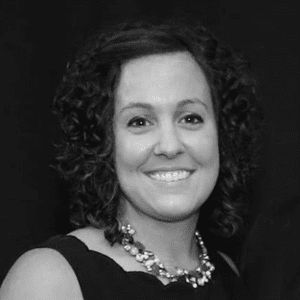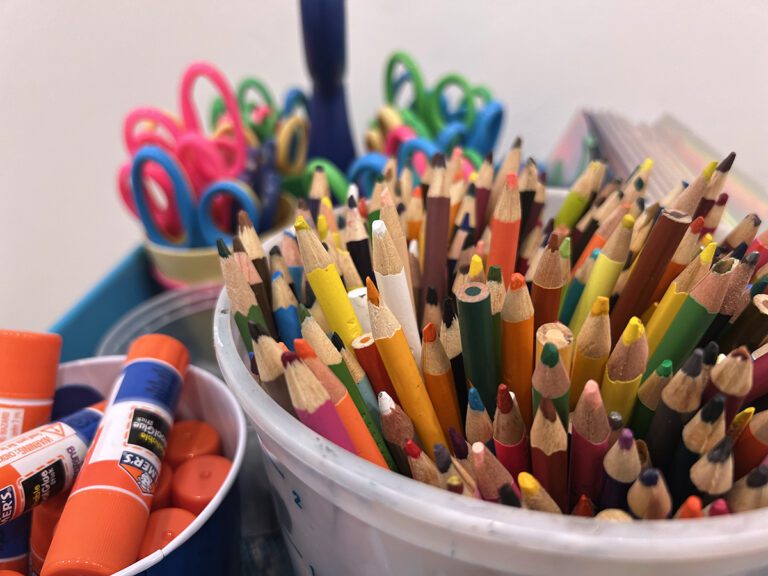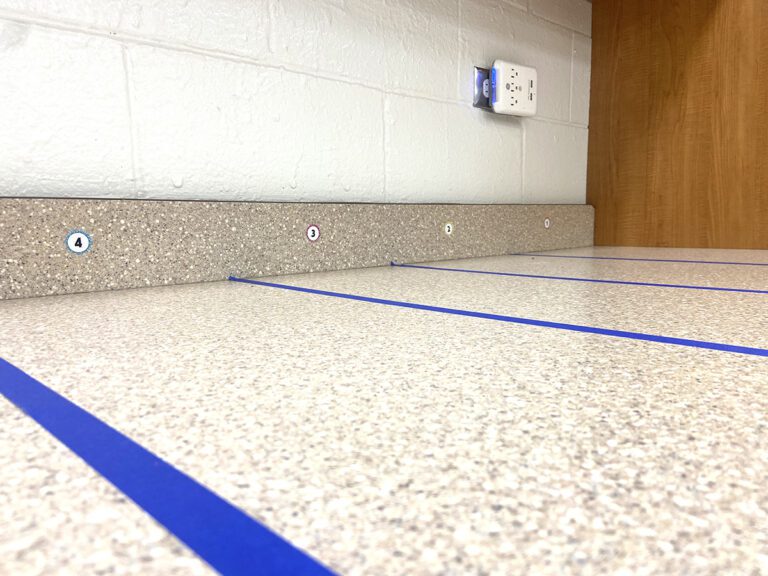It always amazed me when 4th-graders would walk into my room for a weaving unit and most of them would NOT know how to tie a knot. I’m talking tears, people! We can no longer assume students know these basic skills. In fact, some may not even have the fine motor skills to complete them. Sometimes these skills are overlooked in the art room, but they shouldn’t be.
Here are 4 skills students should know but often don’t
and how you can help.
1. Threading a Needle
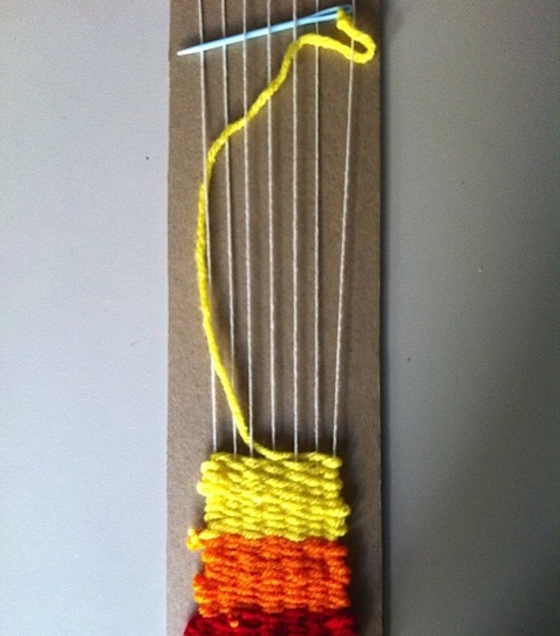
Start at around 2nd or 3rd grade with the very large, plastic needles. Introduce smaller needles as students get older.
2. Tying a Knot
The rise of velcro and slip on shoes has left our students with little reason to practice tying. Don’t assume they know how to make a simple knot! Use your document camera when demonstrating so students can really see what you’re doing. This will serve students well in fiber arts and, let’s face it, in life!
3. Washing Out a Paintbrush
There’s nothing more discouraging than a paintbrush with dried paint in the bristles. Instead of “controlling the process” and washing out all the brushes yourself, take the time to teach students the proper way to do it. You may want to make a video so you can review when necessary.
4. Using Basic White Glue
Do you realize most preschools and kindergarten classes are now defaulting to glue sticks? Your class may be the very first place they are allowed to use white glue. Teach your students the “dot, dot, dot is a lot, lot, lot” chant to start gluing off on the right foot.
So, the next time you find your students struggling with something basic, take a time out and teach a mini-lesson. You’ll save time in the long run, and your students will thank you!
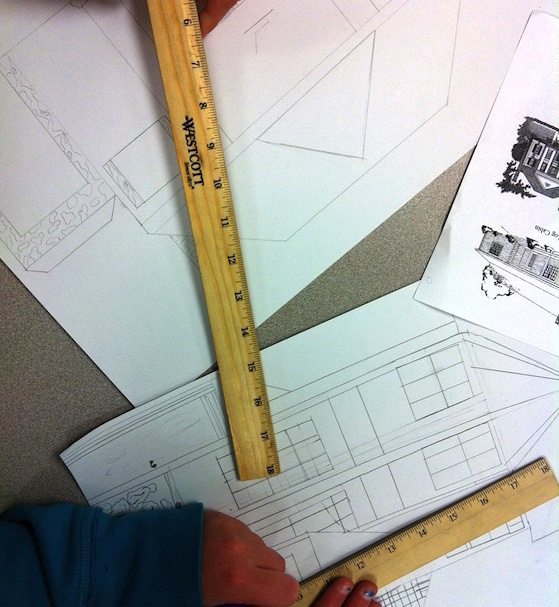
What skills are you surprised to learn students need help with?
Do you have any other tips for teaching these specific skills?
Magazine articles and podcasts are opinions of professional education contributors and do not necessarily represent the position of the Art of Education University (AOEU) or its academic offerings. Contributors use terms in the way they are most often talked about in the scope of their educational experiences.
